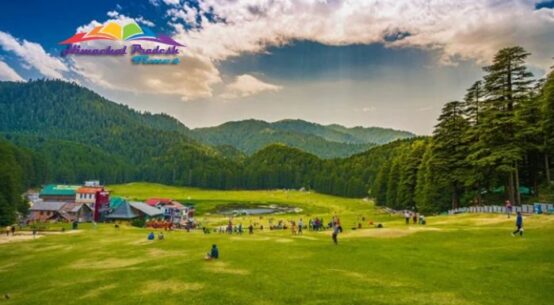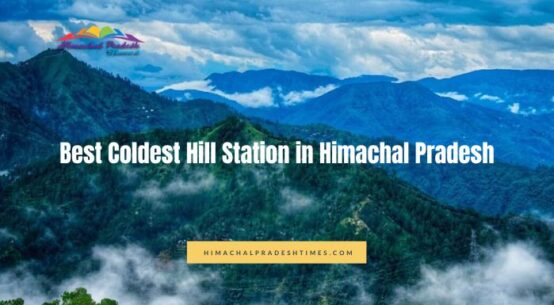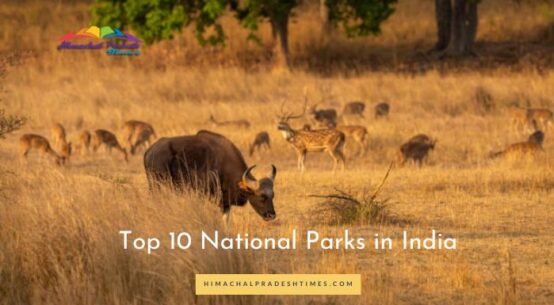Darjeeling: The Queen of Hills
Nestled in the eastern Himalayas, at an altitude of 6,710 feet, lies Darjeeling—a jewel in the crown of India’s hill stations. Often referred to as the “Queen of Hills,” Darjeeling is not just a geographical location but an experience, blending natural beauty, colonial charm, cultural diversity, and a rich history that draws travellers from around the world. With its rolling tea gardens, mist-covered valleys, and the majestic Kanchenjunga standing sentinel, Darjeeling offers a retreat that is both serene and invigorating, fully justifying its title as the Queen of Hills Darjeeling.
A Historical Prelude
Darjeeling’s history is as compelling as its scenic beauty. Originally a part of the Sikkim Kingdom, the area was annexed by the British in 1835. It was initially developed as a sanatorium for British soldiers, but its mild climate, stunning landscapes, and proximity to the Himalayas soon made it a favoured summer retreat for the British colonial elite. Over the years, the town grew into a bustling hill station with schools, churches, and hotels, many of which still carry the architectural legacy of the colonial era.
The influence of the British remains evident in Darjeeling’s unique blend of cultures. From the Anglo-Indian bungalows dotting the hillsides to the quaint cafes serving English breakfasts, the town offers glimpses of its colonial past at every turn. Yet, it is not just a place of nostalgia; Darjeeling, the Queen of Hills, is alive with the vibrant energy of its people, who represent a melting pot of ethnicities—Nepalese, Tibetan, Bhutia, and Lepcha communities living in harmony.
The Iconic Darjeeling Tea
Darjeeling is perhaps most famous for its tea, often referred to as the “Champagne of Teas.” The tea gardens that cascade down the hills are not just a visual delight, but the lifeblood of the region. With over 80 tea estates producing world-renowned varieties, Darjeeling tea is known for its light, delicate flavour with muscatel notes—a stark contrast to the stronger Assam teas produced elsewhere in India.
The unique terroir of Darjeeling, including its cool climate, high altitude, and well-drained soil, gives its tea a distinctive character that cannot be replicated anywhere else. Tea enthusiasts from around the globe make pilgrimages to the Queen of Hills Darjeeling, not only to sip the prized brew but to visit the estates where it is cultivated. Some of the most famous tea estates, such as Makaibari, Happy Valley, and Glenburn, offer tours that allow visitors to witness the meticulous process of tea plucking and processing.
Darjeeling tea is also an essential part of the local economy, employing thousands of workers, most of whom are women. The labour-intensive work of hand-plucking the “two leaves and a bud” that are critical for producing high-quality tea is a skill passed down through generations.
The Majestic Kanchenjunga
One of the most breathtaking aspects of the Queen of Hills Darjeeling is its panoramic view of the world’s third-highest peak, Kanchenjunga. Rising to 28,169 feet, Kanchenjunga is not just a mountain but a revered presence, often referred to as the “Sleeping Buddha” due to the way its silhouette resembles a reclining figure.
For trekkers and adventure enthusiasts, the sight of Kanchenjunga at sunrise from Tiger Hill is a must-see. As the first rays of sunlight hit the peak, the snow-clad mountain glows in shades of gold and pink, creating a spectacle that leaves an indelible mark on every traveller’s soul. The changing colours of the mountains during different times of the day have inspired countless photographers, artists, and writers to try and capture the ethereal beauty of this Himalayan giant.
The Darjeeling Himalayan Railway: A UNESCO Heritage Gem
The Darjeeling Himalayan Railway (DHR), affectionately known as the “Toy Train,” is not just a mode of transport but a part of the Queen of Hills’ living heritage. Built between 1879 and 1881, the DHR is a marvel of engineering, climbing over 7,000 feet through a series of loops, zigzags, and tunnels.
Declared a UNESCO World Heritage Site in 1999, the Toy Train offers an enchanting way to experience Darjeeling’s landscapes. The route from New Jalpaiguri to Darjeeling winds through tea gardens, dense forests, quaint villages, and dizzying ridges, offering passengers a slow-paced journey where the destination becomes secondary to the journey itself.
For tourists, a ride on the Toy Train is often one of the highlights of their trip to the Queen of Hills Darjeeling. The steam engines, with their charming old-world appeal, puff their way along narrow gauge tracks, filling the air with a sense of nostalgia. The train also stops at landmarks like the Batasia Loop, where travellers can get a 360-degree view of the town and the Kanchenjunga range, adding to the magic of the ride.
Cultural Diversity and Festivals
Darjeeling’s culture is a blend of several ethnic groups, and its festivals reflect this rich diversity. The predominant communities are the Nepalese, followed by the Tibetans, Bhutias, and Lepchas. Each group brings its traditions, cuisine, and festivals, creating a vibrant cultural tapestry.
One of the most significant festivals in Darjeeling is Losar, the Tibetan New Year, celebrated with colourful rituals, traditional dances, and prayer offerings at Buddhist monasteries like Ghoom Monastery. The Durga Puja, primarily celebrated by the Bengali community, is marked by grand processions and the worship of the goddess Durga, while the Tihar Festival, also known as the festival of lights, is celebrated by the Nepalese with songs, dances, and elaborate decorations.
Darjeeling’s monasteries, such as the Yiga Choeling Monastery and Bhutia Busty Monastery, are important spiritual centres, with their vibrant prayer flags, intricately painted thangkas (Tibetan Buddhist paintings), and the sound of monks chanting adding to the town’s peaceful aura. These elements combine to enhance Darjeeling’s image as the Queen of Hills, offering a spiritual and cultural richness that complements its natural beauty.
Adventure and Nature
Beyond its tea gardens and scenic vistas, Darjeeling is an adventure lover’s paradise. The region offers a host of trekking routes, with the Sandakphu-Phalut trek being the most popular. This trek takes adventurers through dense rhododendron forests, alpine meadows, and remote villages, offering stunning views of four of the five highest peaks in the world: Everest, Kanchenjunga, Lhotse, and Makalu.
River rafting in the Teesta and Rangeet rivers is another thrilling experience, with the rapids providing an exciting challenge amidst the beauty of the Himalayan foothills. Paragliding, rock climbing, and mountain biking are also gaining popularity, making Darjeeling a hub for those seeking an adrenaline rush.
The Local Cuisine
No visit to Darjeeling, the Queen of Hills, is complete without indulging in the local cuisine. Influenced by Nepalese, Tibetan, and Bengali flavours, Darjeeling’s food scene is both diverse and delicious. Popular dishes include momos (steamed dumplings filled with meat or vegetables), thukpa (a hearty Tibetan noodle soup), and gundruk (fermented leafy greens), a staple in Nepalese cuisine.
The town’s bakeries and cafes, many of which date back to the colonial era, serve freshly baked cakes, pies, and breads, alongside the ubiquitous cup of Darjeeling tea. The Keventer’s rooftop café is a favourite spot for breakfast, offering spectacular views of the mountains while serving up a classic English breakfast or a plate of spicy sausages and bacon.
Preserving Darjeeling’s Beauty
While Darjeeling’s beauty is undeniable, it faces several challenges, including environmental degradation, water shortages, and the impact of increasing tourism. Efforts are being made to promote sustainable tourism, encouraging visitors to respect the fragile ecosystem by minimizing plastic use, conserving water, and supporting eco-friendly practices.
The local government, along with NGOs, is also working to preserve the Queen of Hills’ heritage sites and improve the livelihoods of its people through education and community development programs. The emphasis is on striking a balance between tourism and conservation, ensuring that future generations can continue to enjoy the Queen of Hills in all her splendour.
Conclusion
Darjeeling’s charm lies in its ability to offer something for every traveller. Whether it’s the romance of misty mountains, the tranquillity of Buddhist monasteries, the thrill of trekking through pristine forests, or simply sipping a cup of world-class tea while gazing at the distant peaks, Darjeeling is a destination that captivates the heart and soul. As the Queen of Hills, she reigns supreme, offering a timeless escape from the ordinary and inviting all who visit to slow down, breathe deeply, and revel in the beauty of nature’s finest creation



